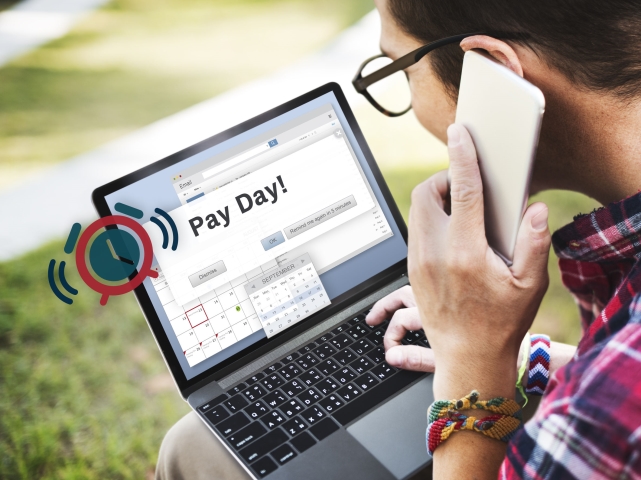

How to budget using the 50/20/30 method
Budgeting can be incredibly difficult, especially when you don’t know where to start. That’s where the 50/20/30 method comes into play, dividing your budget into three categories, instead of the 20+ categories that people usually make for their budgets. Deciding where your money should be allocated each month is the key for this strategy, and the answer is different for everyone. This method works no matter what stage in life you are in or how much money you have. Here are the budget categories you should use:
- Fixed costs: These are the bills and expenses you have every month that don’t tend to vary, such as rent, car payments, utilities and gym memberships. These are referred to as fixed costs because you have already committed to paying them on a monthly basis, but they can also be a great place to look at if you’re trying to save money. Reducing your utility bill by using less electricity or eliminating any subscription services that aren’t necessary can help you save quite a bit of money each month. For this category, the recommendation is to keep your monthly total at no more than 50% of your take-home pay.
- Financial goals: Securing your financial foundation should always be an important consideration when making a budget to ensure your financial future looks bright. Things like saving for retirement, paying off credit card debt, or building up emergency savings can make a huge difference and should be considered with each pay check. The recommendation using this method is to put at least 20% of your take-home pay towards important payments to achieve your financial goals.
- Flexible spending: Flexible spending refers to expenses that are variable month to month, such as groceries, going to restaurants, getting coffees, shopping purchases and hobbies. It isn’t quite as important what you spend your money on in this category, as long as you’re aware of what you’re buying, but it’s the total cost that matters. The recommendation is to put no more than 30% of your take-home pay in this category. To determine how much cash you actually have to spend in this category, subtract your fixed costs and any financial goals contributions you plan to make from your monthly pay.
Budgeting doesn’t have to be hard; with this method, you’ll be well on your way to not only taking control of your spending, but also working towards achieving your financial goals.